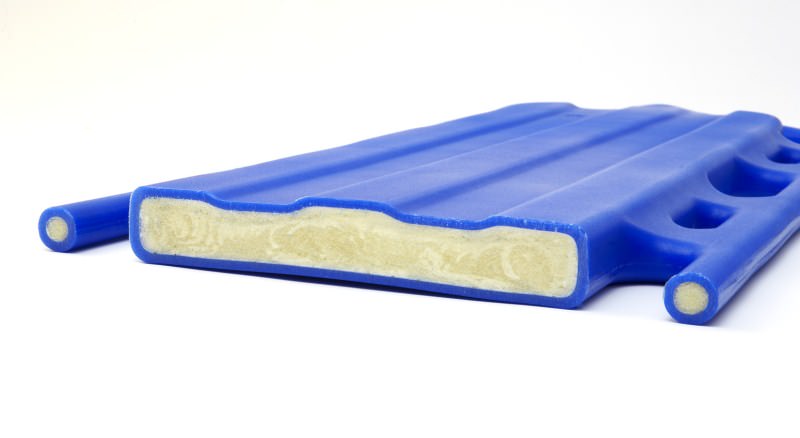Understanding the Role of Rotomolding in Custom Plastic Production
Understanding the Role of Rotomolding in Custom Plastic Production
Blog Article
Rotational molding, or Rotomolding, has become a chosen production approach for producing sturdy and supreme quality plastic parts. Their special method, which involves heat and rotating materials in a very shape, guarantees evenly distributed energy and uniformity in the final product. That website explores the unbelievable benefits of Rotational Molding and why it has received prominence as a strategy for making hard and long-lasting plastic components.
Superior Strength with Standard Wall Thickness
Among the crucial skills of rotomolding is based on its power to create areas with standard wall thickness. Unlike other production practices which could leave uneven or slim parts susceptible to weakness, rotomolding assures uniformity in every layer. By consistently heating and twisting the mold, the molten resin runs smoothly, producing smooth and robust plastic parts that will withstand major masses and withstand impact.

That feature makes rotomolded parts suitable for applications requesting architectural integrity, such as big tanks, playground gear, and professional containers.
Enhanced Durability with Stress-Free Molding
Strain can weaken plastic pieces, impacting their lifespan and performance. Luckily, the rotomolding method removes internal stresses frequently found in other molding techniques. Because number high-pressure makes are employed all through production, the plastic-type material activities little stress, causing a more durable item that functions easily over time.
Furthermore, the lack of joints or weld lines increases the overall toughness of rotomolded parts, creating them resilient to breaking, breaking, and environmental wear and tear.
Outstanding Freedom and Modification
Rotomolding offers unparalleled design mobility, enabling manufacturers to create complicated designs and structures with precision. The capacity to incorporate added characteristics like bones, inserts, or texture assures that the last item matches certain practical or aesthetic requirements.
This method also helps the use of a wide variety of products and additives, such as for example UV stabilizers and colorants, more boosting longevity by creating elements resistant to facets like sunshine exposure, fading, and substance damage.
Resilience in Excessive Problems
Rotomolded parts are created to last, even if subjected to serious environments. They keep their reliability in hard temperatures, resist corrosion from compounds, and withstand prolonged outdoor use. That makes them specially valuable in industries like agriculture, construction, and maritime applications, wherever components experience challenging problems daily.

Their ability to do dependably such conditions decreases the requirement for frequent substitutes, making rotomolded areas both cost-effective and sustainable.
Operating the Potential of Tough Materials
The increasing need for trusted and resilient plastic components continues to put rotomolding at the forefront of production innovation. With its precision, stress-reducing advantages, and power to withstand diverse conditions, rotomolding is shaping just how industries prioritize energy and longevity inside their products. By investing in this sophisticated process, makers can generate plastic parts that stand the check of time.
Report this page